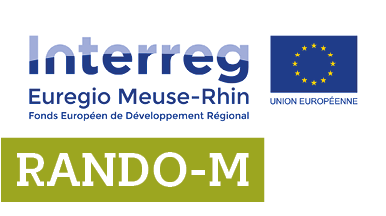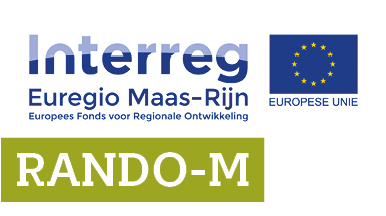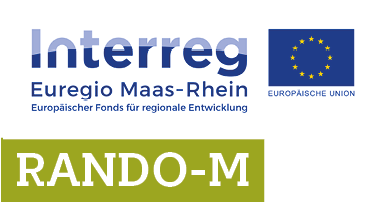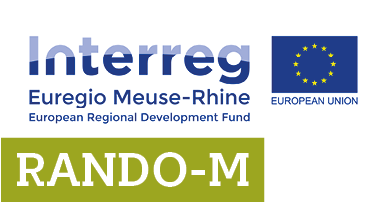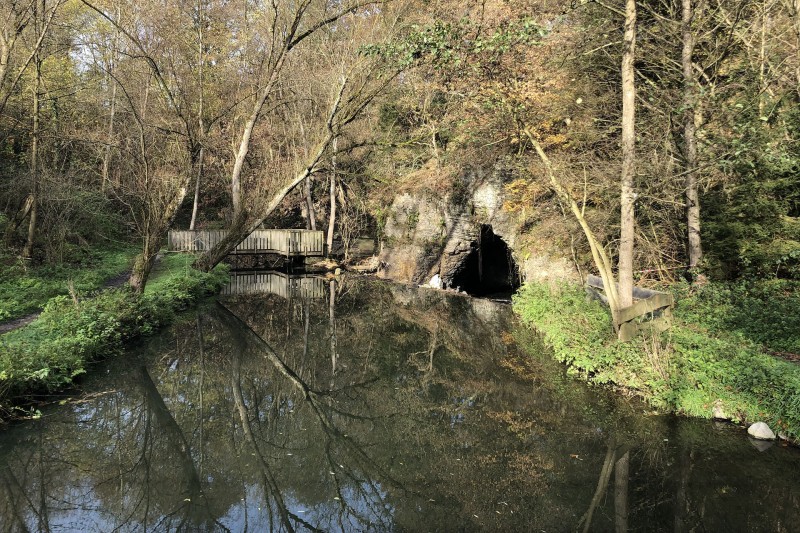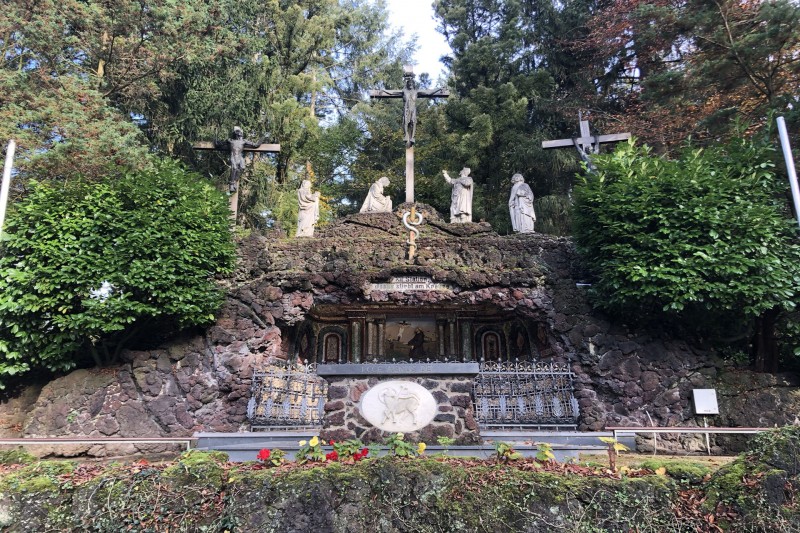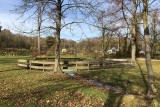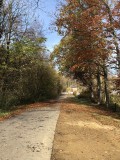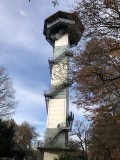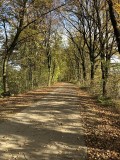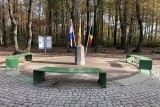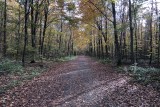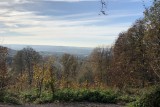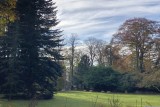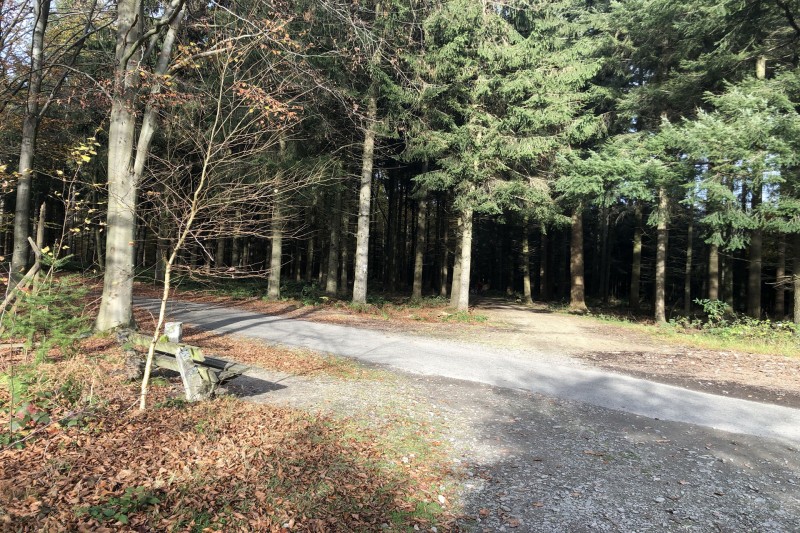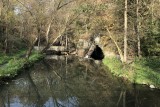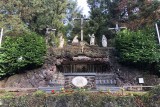On the borders of Moresnet
In 1816, following Napoleon's defeat at Waterloo, the Congress of Vienna redrew the borders of Prussia and the United Kingdom of the Netherlands without reaching an agreement on a tiny territory of 3.44 square kilometres wedged between Belgium, the Netherlands and Germany. At issue is the presence of a zinc mine that each claims. An unusual solution was found to resolve this issue over the years: a territory, designed on a drawing board, was established under a common administration, hence the later name of Neutral Moresnet. During a century of happy neutrality, this tiny territory experienced a perfect quality of life and, to top it all off, it was in Neutral Moresnet that Esperanto was made the official language of this strange territory!*
From junction 3 (rue César Franck 193 in Gemmenich), you take the RAVeL to the site of the 3 milestones (junction 91), symbolising the junction of the Dutch, German and Belgian borders. The 50-metre-high Baudouin Tower offers an amazing view of the entire region. There is also a labyrinth and a playground.
You then enter the beautiful Preuss woods (node 5), which means "border", "limit", "frontier", to reach Moresnet-Chapelle, famous for its calvary and stone caves, created in 1900 by the Franciscan Fathers (between nodes 5 and 6). It is also a small corner of paradise, greenery and tranquillity thanks to the 68,000 plants, some of them exotic, which still form a very colourful park.
Continue your journey to the Calaminaire de Plombières mine site (just after junction 58), a nature reserve characterised by the presence of calaminaire grasslands. Don't hesitate to get off your bike to discover the cave and the particular fauna and flora linked to the presence of zinc and other heavy metals in the substratum. Two picnic areas are available before starting the last climb to join the RAVeL line 39 to the starting point.
*Sources: "Zinc" by David Van Reybrouck and Grenzrouten
From junction 3 (rue César Franck 193 in Gemmenich), you take the RAVeL to the site of the 3 milestones (junction 91), symbolising the junction of the Dutch, German and Belgian borders. The 50-metre-high Baudouin Tower offers an amazing view of the entire region. There is also a labyrinth and a playground.
You then enter the beautiful Preuss woods (node 5), which means "border", "limit", "frontier", to reach Moresnet-Chapelle, famous for its calvary and stone caves, created in 1900 by the Franciscan Fathers (between nodes 5 and 6). It is also a small corner of paradise, greenery and tranquillity thanks to the 68,000 plants, some of them exotic, which still form a very colourful park.
Continue your journey to the Calaminaire de Plombières mine site (just after junction 58), a nature reserve characterised by the presence of calaminaire grasslands. Don't hesitate to get off your bike to discover the cave and the particular fauna and flora linked to the presence of zinc and other heavy metals in the substratum. Two picnic areas are available before starting the last climb to join the RAVeL line 39 to the starting point.
*Sources: "Zinc" by David Van Reybrouck and Grenzrouten
- Difficulty: Medium
- Elevation: 212 m
- Distance: 15 km
- Starting point: Rue César Franck 193 – 4851 Plombières (Gemmenich)
- Node points to follow: 3 → 91 → 5 → 6 → 4 → 58 → 60 → 3
- Download the walk
Itinéraire

 Departure/Arrival
Departure/Arrival
 Point of interest
Point of interest
Circuit n° 1
- Difficulty :
- Medium
- Height variation :
- 212 m
- Distance :
- 15 kms
- Departure :
- Lieu de départ Gemmenich


